What is the Business Enterprise Architecture?
Business enterprise architecture is a discipline that helps organizations design and build a scalable and secure IT infrastructure. It involves aligning business goals and objectives with technology to optimize IT investments and ensure the efficient delivery of services. Business enterprise architecture provides a holistic view of an organization's technology landscape and helps identify the capabilities, systems, and processes needed to support business goals. It considers factors such as growth plans, customer demands, industry trends, and security requirements to design a future-state architecture that is flexible, scalable, and interoperable. By following business enterprise architecture principles and best practices, organizations can build an IT infrastructure that supports their long-term success.
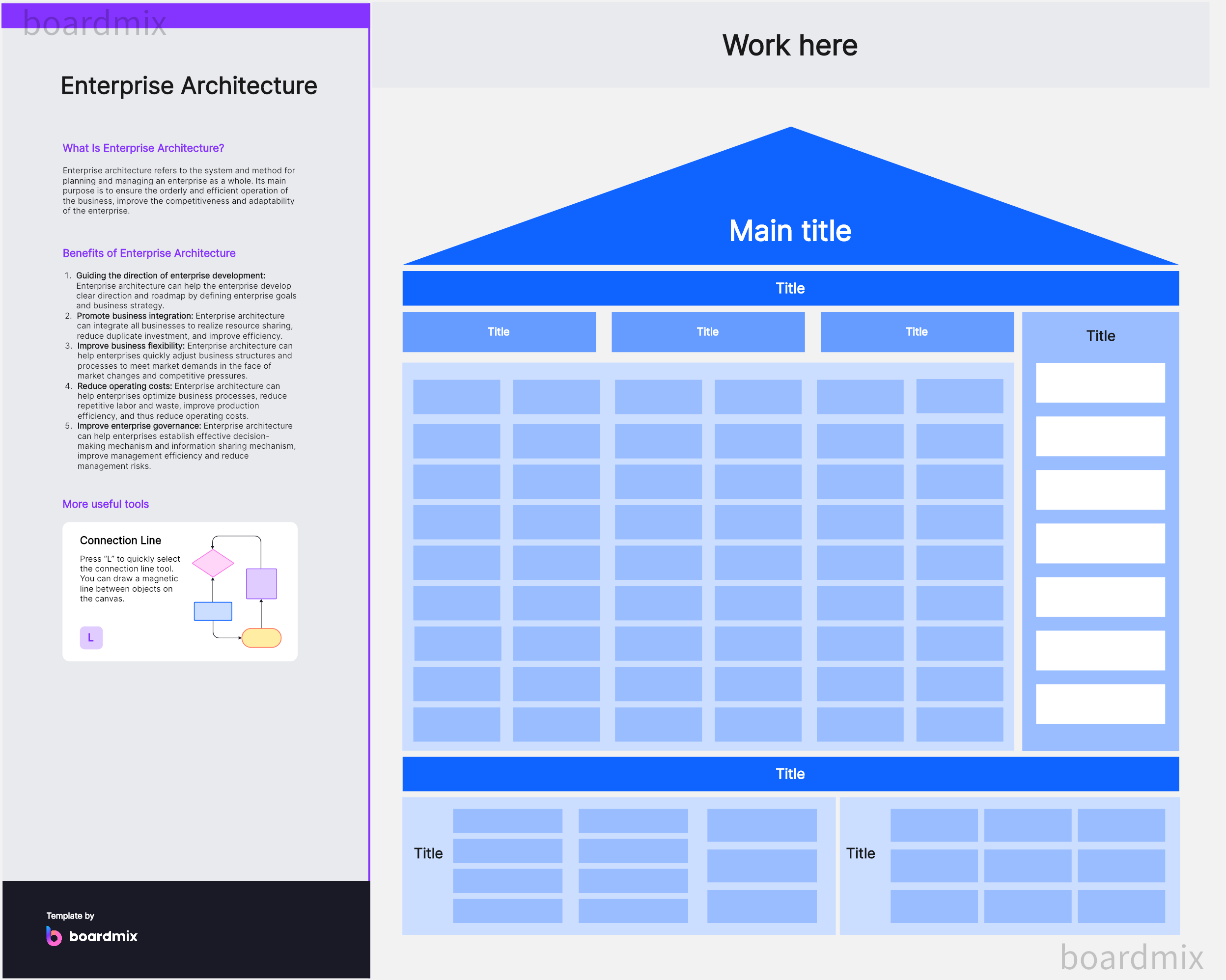
Why Do You Need a Scalable and Secure IT Infrastructure?
As businesses expand and attract more customers or users, their IT infrastructure must be able to handle increased workloads and demands. Scalability ensures that the infrastructure can seamlessly scale up to support growth without sacrificing performance, responsiveness, or user experience. It enables organizations to meet rising demands, avoid performance bottlenecks, and sustain a high level of service.
A secure IT infrastructure is essential for protecting sensitive data, intellectual property, and other critical assets from cyber threats. Cybersecurity breaches can result in financial losses, reputational damage, and legal liabilities. A secure infrastructure ensures that data is protected from unauthorized access, theft, or misuse.
What are the 4 Main Types of Business Enterprise Architecture?
The four main types of business enterprise architecture are:
- Business Architecture: This type of architecture focuses on aligning business strategies, goals, and processes with technology solutions. It defines the organization's structure, capabilities, functions, and relationships to enable efficient and effective business operations.
- Information Architecture: Information architecture deals with the organization's data assets and how they are structured, stored, and used. It includes defining data models, data flows, data standards, and data governance practices to ensure the integrity, availability, and confidentiality of data.
- Application Architecture: Application architecture focuses on designing and managing the organization's software applications. It includes selecting appropriate technologies, platforms, and frameworks to support the business needs and ensure seamless integration and interoperability between different applications.
- Technology Architecture: Technology architecture deals with the infrastructure, hardware, and software components that support the organization's IT systems. It includes network architecture, server architecture, storage architecture, and security architecture to ensure the scalability, reliability, and security of the IT infrastructure.
These four types of business enterprise architecture work together to provide a comprehensive view of the organization's IT landscape and enable effective decision-making, planning, and implementation of technology solutions.
What are the 5 Business Enterprise Architecture Benefits?
The five main benefits of business enterprise architecture are:
- Improved Alignment: Business enterprise architecture helps align business strategies and goals with technology solutions. It ensures that technology investments are aligned with business priorities and objectives, resulting in improved efficiency and effectiveness.
- Enhanced Decision-Making: Business enterprise architecture provides a holistic view of an organization's IT landscape, enabling better decision-making. It helps identify the impact of technology changes on business operations and facilitates informed decisions about technology investments and initiatives.
- Increased Agility: By designing a flexible and scalable IT infrastructure, business enterprise architecture enables organizations to adapt quickly to changing business needs and market dynamics. It allows for faster deployment of new technologies, services, and processes, ensuring that the organization remains competitive in a rapidly evolving digital landscape.
- Improved Collaboration: Business enterprise architecture promotes collaboration between different business units and IT teams. It provides a common language and framework for communication, enabling better coordination and alignment of activities across the organization. This collaboration leads to more efficient and effective delivery of projects and initiatives.
- Reduced Risks: Business enterprise architecture helps identify potential risks and vulnerabilities in the IT infrastructure. By implementing appropriate security measures and risk mitigation strategies, organizations can minimize the likelihood of security breaches, data loss, and system failures. This reduces the overall risks associated with technology investments and ensures the continuity of business operations.
Overall, business enterprise architecture benefits organizations by providing a strategic roadmap for technology investments, improving operational efficiency, fostering innovation, and mitigating risks.
What to Look for When Building Business Enterprise Architecture?
Business enterprise architecture is essential for organizations to design and build a scalable and secure IT infrastructure. By aligning business goals with technology, business enterprise architecture helps organizations optimize their IT investments and ensure the efficient delivery of services. Here are some key considerations when building a business enterprise architecture.
- Define Business Objectives: Start by understanding the organization's business objectives and priorities. This will help determine the IT capabilities and infrastructure needed to support these goals. Consider factors such as growth plans, customer demands, and industry trends.
- Assess Current State: Evaluate the existing IT infrastructure, systems, and processes. Identify strengths, weaknesses, and areas for improvement. This assessment will provide a baseline for designing the future state of the architecture.
- Design Future State: Develop a target architecture that aligns with the business objectives. This includes defining the desired technology stack, data management strategies, security measures, and integration approaches. Consider scalability, flexibility, and interoperability to support future growth and changes.
- Develop Roadmap: Create a roadmap that outlines the steps and timeline for implementing the business enterprise architecture. Prioritize initiatives based on business impact and feasibility. This roadmap will guide the organization's IT investments and ensure a structured approach to implementation.
- Ensure Security: Security is a critical aspect of business enterprise architecture. Incorporate security measures at every level of the architecture, including network security, data protection, access controls, and compliance with regulations. Regularly assess and update security measures to address emerging threats.
- Enable Integration: Ensure seamless integration of systems, applications, and data across the organization. This enables efficient information flow and supports cross-functional processes. Use standardized protocols, interfaces, and data formats to enable interoperability.
- Governance and Change Management: Establish governance processes to oversee the business enterprise architecture implementation and ensure alignment with business objectives. Implement change management practices to effectively manage the transition to the new architecture, including training and communication.
By following these considerations, organizations can build a scalable and secure IT infrastructure that supports their business objectives. Business enterprise architecture provides a holistic view of the organization's technology landscape and helps optimize IT investments for long-term success. Regular review and updates are essential to adapt to changing business needs and technological advancements.
Remember, business enterprise architecture is not a one-time project but an ongoing process that requires collaboration between IT and business stakeholders. It enables organizations to stay agile and responsive in a rapidly changing digital landscape.
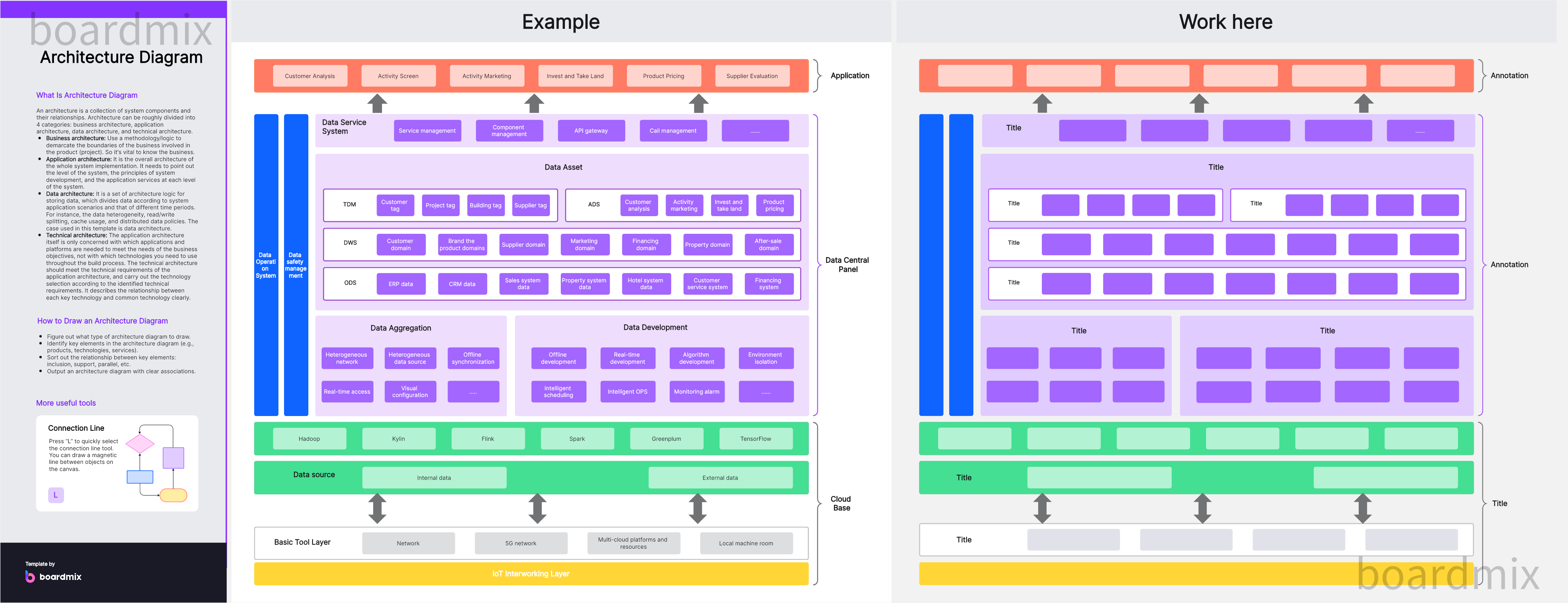
How to Use Business Enterprise Architecture?
Enterprise architecture is a tool that can help businesses understand and optimize their operations. Here are some steps on how to use enterprise architecture:
1. Define Goals
Before starting to use enterprise architecture, you first need to clarify the goals you want to achieve. This may include improving business processes, reducing operating costs, improving service quality, etc.
2. Choose a Framework
There are many different enterprise architecture frameworks to choose from, including the Zachman framework, TOGAF, FEA, etc. You should choose a framework that best fits your business needs.
3. Create Infrastructure
After selecting a framework, you need to create your enterprise architecture. This usually involves a detailed description of your business processes, information systems, and technology infrastructure.
4. Analyze and Optimize
After creating the enterprise architecture, you can use it to identify existing problems and opportunities for improvement. This may include redesigning processes, integrating redundant systems, or introducing new technologies.
5. Implement Changes
After finding ways to improve, the next step is implementation. This may require project management and change management skills
6. Continuous Improvement
Enterprise architecture is an ongoing process rather than a one-time project. You should regularly assess your architecture to ensure it still meets your business needs.
Through these steps, businesses can effectively use enterprise architecture to improve their business operations and IT management.
How to Create Enterprise Architecture with a Template in Boardmix?
To create an enterprise architecture using a template in Boardmix, follow these steps:

1. Log into the Boardmix platform and navigate to the enterprise architecture section.

2. Search for the enterprise architecture templates specifically designed for enterprise architecture. Select the template that best suits your organization's needs and goals.
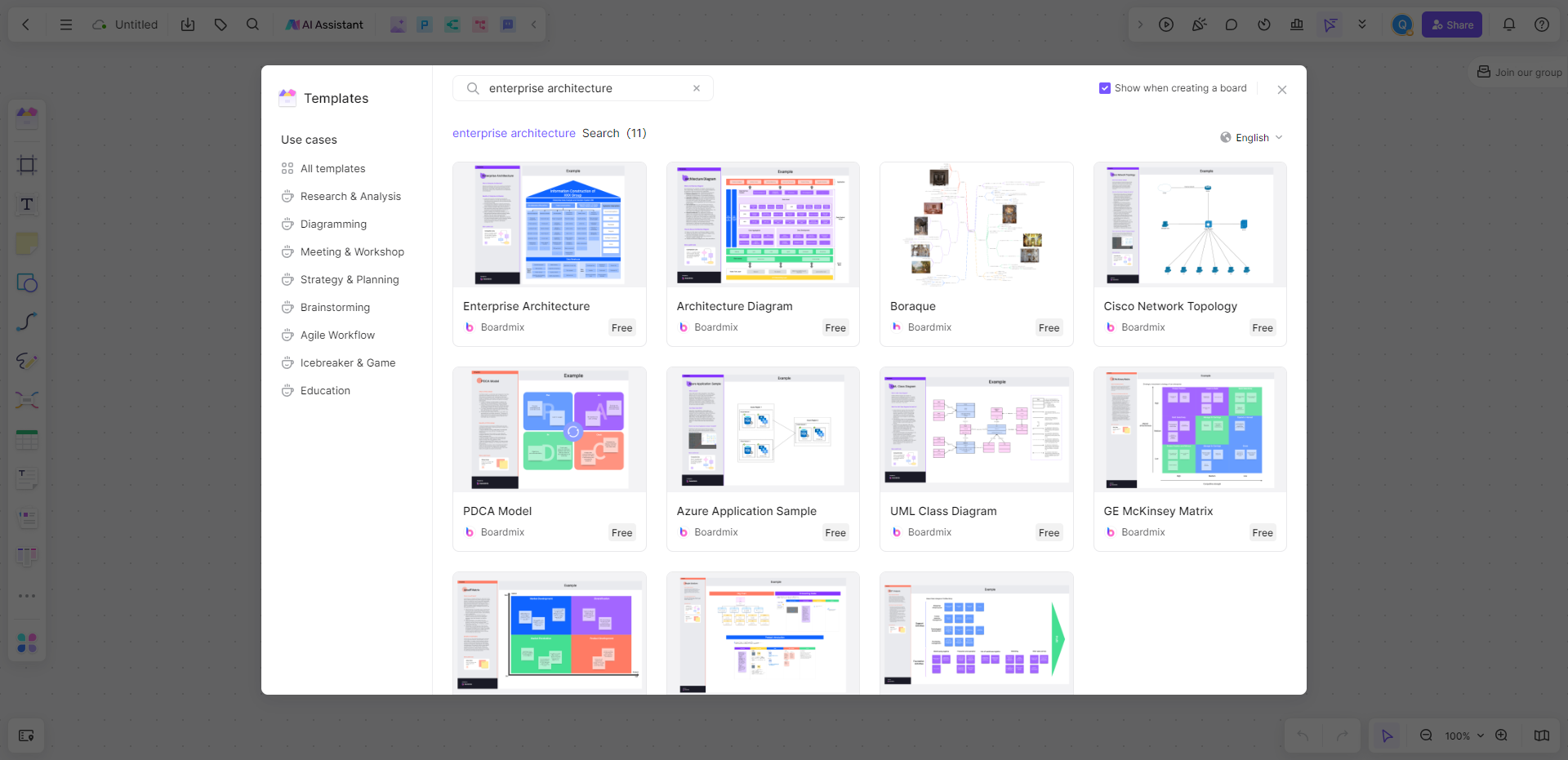
3. Customize the template by adding or removing components based on your organization's IT infrastructure and business processes.
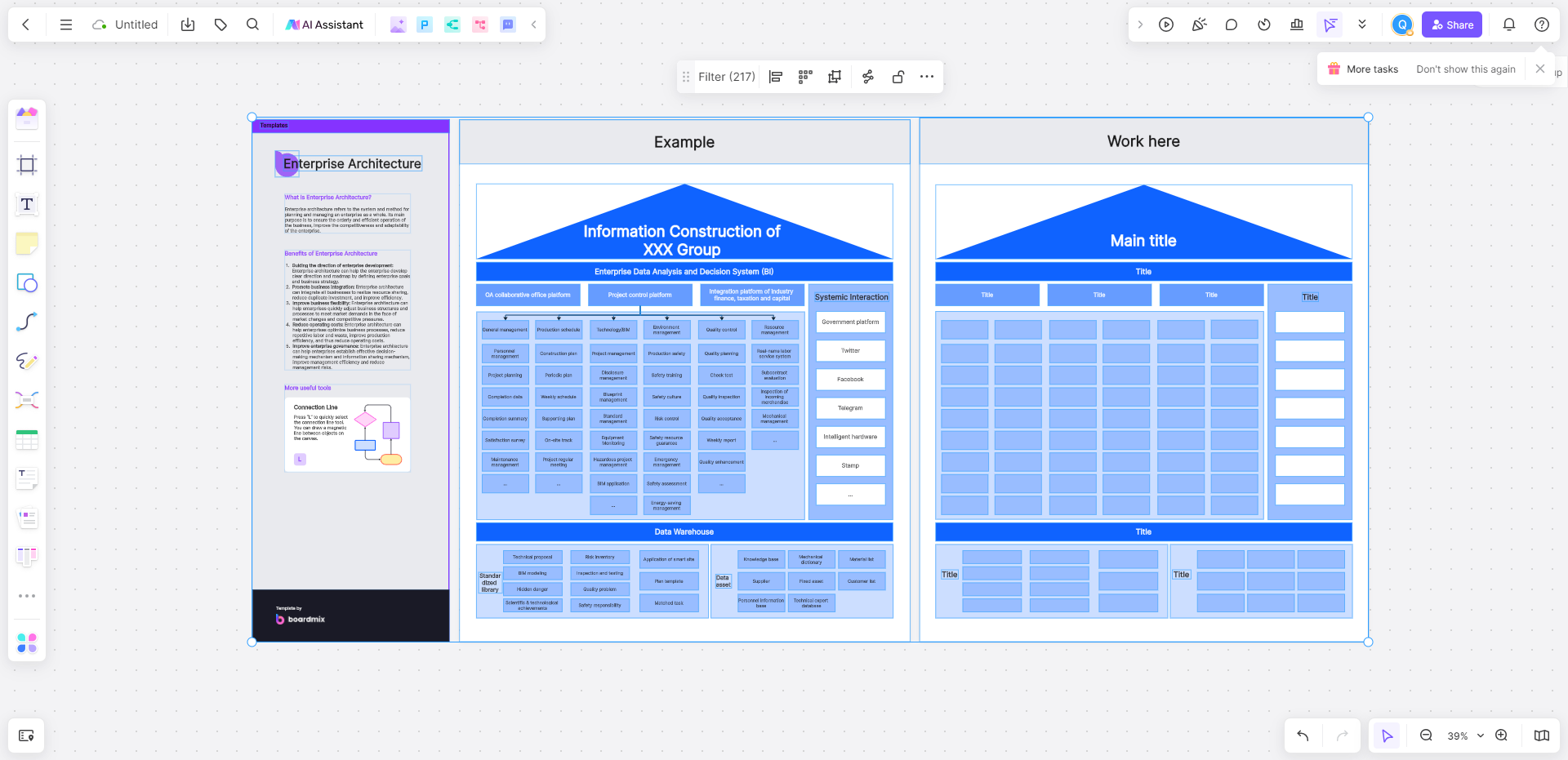
4. Fill in the relevant information for each component, such as hardware specifications, software applications, data sources, and their relationships.
5. Use visual elements like diagrams, flowcharts, and graphs to represent the structure and interdependencies of different components.
6. Include additional documentation, such as user guides, process descriptions, and implementation plans, as necessary.
7. Collaborate with stakeholders, including business executives, IT managers, and subject matter experts, to gather their input and validate the architecture design.
8. Review and revise the architecture model to ensure alignment with business strategies, goals, and industry best practices.
9. Once finalized, share the enterprise architecture model with relevant stakeholders for their review and feedback.
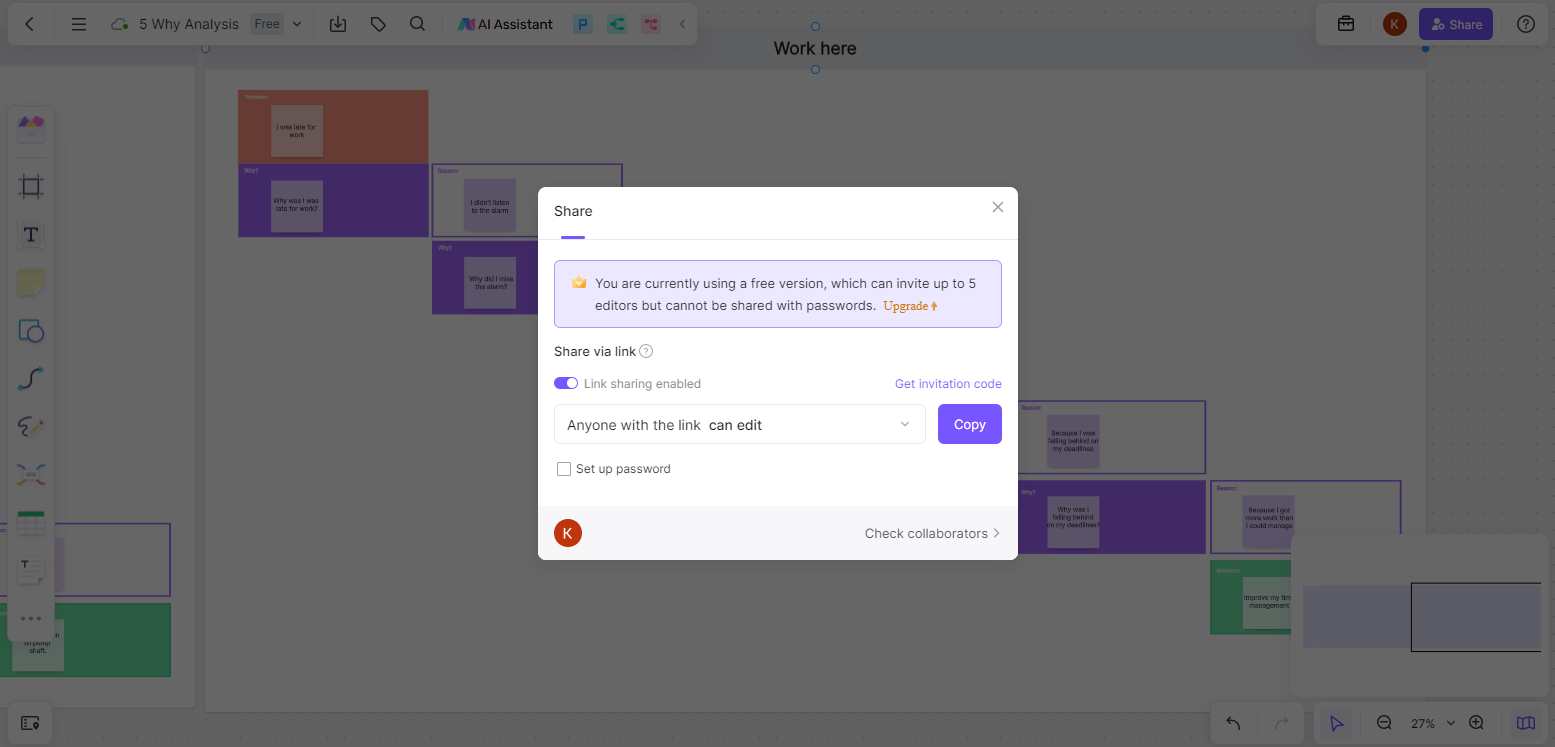
10. Continuously update and maintain the enterprise architecture model as the organization evolves and new technologies emerge.
By following these steps and utilizing the templates provided in Boardmix, you can efficiently create an enterprise architecture that aligns with your organization's goals and facilitates effective decision-making and implementation of technology solutions.








